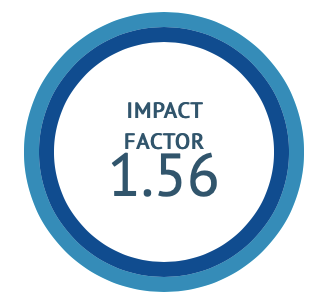Antibacterial and Antifungal activity of Arseno-Mercurial formulation Sameerapannaga Rasa: An in-vitro study
DOI:
https://doi.org/10.47552/ijam.v16i2.5715Keywords:
Herbomineral Drug, Antimicrobial activity, Sameerapannaga Rasa, Rasa-aushadhi, Vata-pannaga RasaAbstract
Background: Sameerpannaga Rasa (SPR) is a herbomineral formulation categorized as a Kupipakwa Rasayana, one of the four types of Rasayanas in Rasashastra.
Materials & Methods: After proper shodhan of the individual ingredients, the SPR was prepared by the kupipakwa method and the anti-microbial activity was assessed through standard and internationally accepted methods like MIC (Minimum inhibitory concentration) & MBC (Minimum bactericidal concentration) methods.
Results and Discussion: The minimum inhibitory concentration of Sameerapannaga rasa showed very good inhibitory activity against all the tested organisms. SPR demonstrated strong antimicrobial activity against S. aureus, K. pneumoniae, C. albicans, S. sanguis, and S. pneumoniae at low concentrations (0.9 mg). Sameerapannaga rasa exhibited antimicrobial effects against S. epidermidis (31.25 mg), P. aeruginosa (125 mg), P. mirabilis (62.5 mg), E. coli, and C. krusei (7.8 mg).
Minimum bactericidal concentration of Sameerapannaga rasa showed very significant inhibitory activity against all the tested organisms. SPR demonstrated strong antibacterial and antifungal activity against E. coli, S. pneumoniae, and C. albicans at low concentrations (0.9 mg). It also showed activity against S. aureus (15.6 mg), K. pneumoniae (1.96 mg), S. sanguis (7.8 mg), C. krusei (62.5 mg), P. aeruginosa and P. mirabilis (125 mg), and S. epidermidis (250 mg).
Conclusion: The results of both Minimum inhibitory concentration and Minimum bactericidal concentration methods provided scientific evidence of the potential antimicrobial activity of SPR, therefore Sameerapannaga rasa could be considered as a potential alternative to the contemporary treatment.
Downloads
Published
How to Cite
Issue
Section
License
Copyright (c) 2025 International Journal of Ayurvedic Medicine

This work is licensed under a Creative Commons Attribution-NonCommercial-ShareAlike 4.0 International License.
The author hereby transfers, assigns, or conveys all copyright ownership to the International Journal of Ayurvedic Medicine (IJAM). By this transfer, the article becomes the property of the IJAM and may not be published elsewhere without written permission from the IJAM.
This transfer of copyright also implies transfer of rights for printed, electronic, microfilm, and facsimile publication. No royalty or other monetary compensation will be received for transferring the copyright of the article to the IJAM.
The IJAM, in turn, grants each author the right to republish the article in any book for which he or she is the author or editor, without paying royalties to the IJAM, subject to the express conditions that (a) the author notify IJAM in advance in writing of this republication and (b) a credit line attributes the original publication to IJAM.




